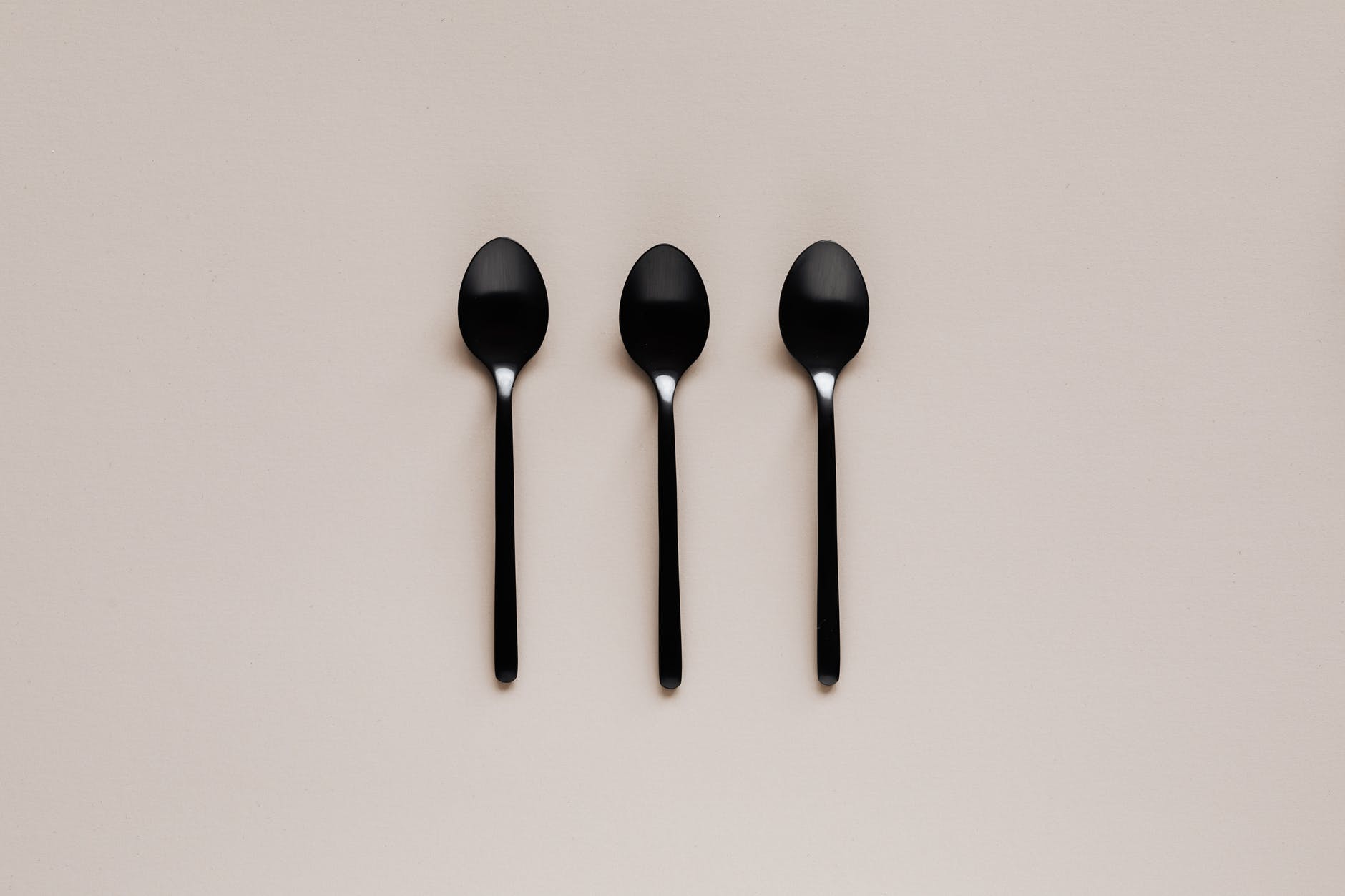
레퍼런스 동치
- 동일한 오브젝트를 참조하는 녀석들은 완전한 동치
- hashCode 도 당연히 같음
객체 동치
- 서로 다른 오브젝트가 같다고 말할 수 있는 경우
- hashCode() 함수와 equals() 함수를 overriding 해서 구현해야 함
- 서로 다른 객체의 hashCode 가 일치해야 하고, equals 함수도 True여야 함(A.equals(B)도 True, B.equals(A)도 True)
- equals 함수가 True이면 두 객체의 hashCode 가 같지만, hashCode 가 같다고 equals가 반드시 True는 아님
◼︎ 객체 동치는 왜 쓰는걸까? Value Object를 만들기 위해서 쓴다.
Value Object
A small simple object, like money or a date range, whose equality isn’t based on identity.(객체 동치를 쓴다는 얘기)
http://martinfowler.com/eaaCatalog/valueObject.html
◼︎ hashCode가 같으면 객체 동치가 성립하는 것이 아닌가? 아니다.
hashCode는 객체의 힙 메모리를 기준으로 hash 알고리즘에 따라 만들어 진다. 따라서 서로 다른 객체가 같은 hashCode를 가질 수 있다.
http://jnylove.tistory.com/182
◼︎ 테스트 코드 (http://stackoverflow.com/a/9662078)
public static void testEquality(){
String str1 = “Hello world.”;
String str2 = “Hello world.”;
if (str1 == str2)
System.out.print(“str1 == str2\n”);
else
System.out.print(“str1 != str2\n”);
if(str1.equals(str2))
System.out.print(“str1 equals to str2\n”);
else
System.out.print(“str1 doesn’t equal to str2\n”);
String str3 = new String(“Hello world.”);
String str4 = new String(“Hello world.”);
if (str3 == str4)
System.out.print(“str3 == str4\n”);
else
System.out.print(“str3 != str4\n”);
if(str3.equals(str4))
System.out.print(“str3 equals to str4\n”);
else
System.out.print(“str3 doesn’t equal to str4\n”);
}◼︎ Value Object 와 Reference Object
프로그램을 가장 훌륭하게 작성하는 방법은 상태가 변경되는 오브젝트들과 수학적인 값을 나타내는 오브젝트들의 조합으로 표현하는 것이다. – Kent Beck
여기에 있는 4개의 글 추천 http://aeternum.egloos.com/1105776

답글 남기기